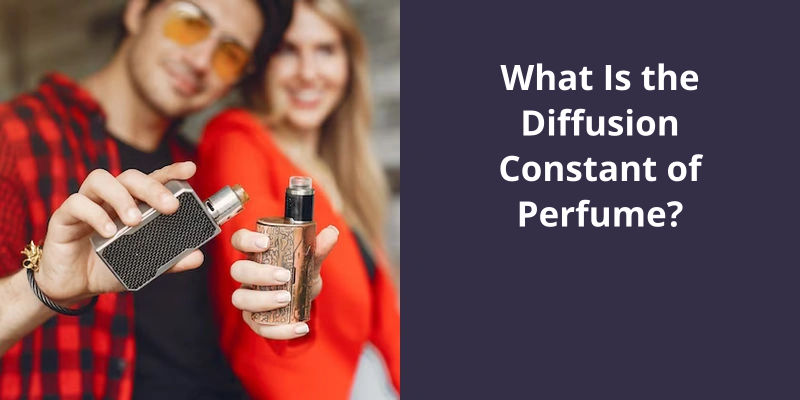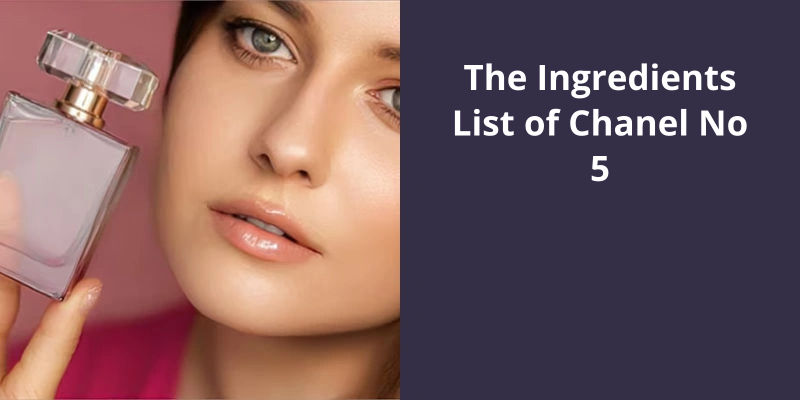Glycerin is primarily a humectant, which means it draws moisture into the skin. However, it also has emollient properties – this means it can soften and soothe the skin. It is not classified as an occlusive, which refers to ingredients that create a physical barrier on the skin to prevent moisture loss. So, while glycerin fulfills the role of a moisturizer by attracting water and exhibiting some softening effects, it does not serve the particular function of an occlusive in terms of sealing moisture within the skin.

Is Glycerin an Occlusive?
Glycerin is a versatile ingredient used in many skincare products for it’s multiple benefits. One of it’s properties is that it acts as an emollient, providing hydration and softening the skin. However, glycerin also possesses occlusive properties, which means it’s the ability to create a barrier on the skins surface that helps retain moisture.
By forming a protective barrier, it helps to prevent transepidermal water loss, a common issue for those with dry skin.
It’s important to note that while glycerin can be beneficial for providing moisture to the skin, it isn’t considered a heavy occlusive like petroleum jelly. Glycerin allows for some breathability while still creating a protective barrier. This makes it suitable for various skin types, including oily and acne-prone skin.
It’s ability to create a barrier on the skins surface helps enhance the moisture barrier and prevent moisture loss.
The Benefits of Glycerin as an Emollient
- Glycerin helps to moisturize and hydrate the skin.
- It forms a protective barrier on the skin, preventing moisture loss.
- Glycerin can enhance the elasticity and smoothness of the skin.
- It soothes and calms irritated or inflamed skin.
- Glycerin is non-comedogenic, meaning it won’t clog pores.
- It’s suitable for all skin types, including sensitive skin.
- Glycerin can help to restore the skin’s natural moisture balance.
- It aids in the healing of wounds and cuts.
- Glycerin can improve the texture and appearance of the skin.
- It acts as a humectant, attracting water to the skin.
- Glycerin can also be used to soften and condition hair.
Glycerin and hyaluronic acid are both known for their hydrating properties, but they work in different ways. Glycerin absorbs into the skin, while hyaluronic acid forms a moisturizing barrier on the skin’s surface. Now, let’s explore the benefits and uses of each ingredient in skincare products.
Is Glycerin Like Hyaluronic Acid?
Glycerin and hyaluronic acid are both popular ingredients in skincare products for their hydrating properties. However, they differ in their molecular size and how they interact with the skin. Glycerin, being a smaller molecule, has the ability to penetrate the skins surface and absorb moisture from the surrounding environment. This makes it an excellent emollient, as it helps to soften and smooth the skin by attracting and retaining water.
On the other hand, hyaluronic acid is a much larger molecule that doesn’t penetrate the skin. Instead, it forms a film or cushion on the skins surface, creating a barrier that helps to prevent moisture loss and keeps the skin hydrated. This makes it an effective occlusive agent, as it locks in moisture and helps to improve the skins moisture retention abilities.
Glycerin primarily functions as an emollient, providing deep hydration by attracting and holding onto water within the skin.
It also has the ability to hold up to 1000 times it’s weight in water, providing an immediate plumping and smoothing effect.
Together, they work synergistically to improve the overall hydration levels of the skin and promote a healthier, more radiant complexion.
Whether glycerin acts as an emollient or an occlusive depends on it’s formulation and the other ingredients it’s combined with. In most cases, it functions as an emollient due to it’s smaller molecular size, but when used in conjunction with occlusive ingredients, it can have occlusive effects as well.
Comparing Glycerin and Hyaluronic Acid to Other Hydrating Ingredients Commonly Used in Skincare, Such as Aloe Vera or Squalane.
- Glycerin
- Hyaluronic acid
- Aloe vera
- Squalane
Glycerin, a medication commonly prescribed by healthcare professionals, serves various purposes when taken orally. Primarily, it’s utilized to address conditions characterized by elevated eye pressure, such as glaucoma. Moreover, it finds application as a pre-surgery treatment to alleviate pressure within the eye.
What Is Glycerin Prescribed For?
Glycerin is a versatile substance that finds it’s application in various medical treatments. When administered orally, it’s been prescribed to address specific conditions characterized by elevated eye pressure, including glaucoma—a condition that can potentially lead to vision impairment. Moreover, it’s common for glycerin to be employed prior to eye surgery, as it effectively reduces intraocular pressure.
The release of excessive fluid from the eye helps to maintain optimal eye health and functionality.
It’s worth mentioning that glycerin isn’t solely limited to it’s application in the field of ophthalmology. The substance also exhibits emollient properties, making it a valuable ingredient in various skincare products. As an emollient, glycerin helps to hydrate and soften the skin, making it an ideal choice for individuals with dry or sensitive skin. It assists in locking moisture within the skin, keeping it supple and preventing dryness.
In addition to it’s emollient characteristics, glycerin can also be classified as an occlusive agent. Occlusives act as a barrier, preventing excessive moisture loss from the skin. Consequently, it’s commonly incorporated into moisturizers and other beauty products.
With it’s diverse applications, glycerin continues to offer valuable solutions across multiple domains.
Conclusion
However, on it’s own, glycerin may not provide sufficient moisturization as it doesn’t create a barrier to prevent water loss. This is where the role of occlusive moisturizers comes into play. Occlusives, being oil-rich and low in water content, effectively lock in moisture and fill in gaps throughout the lipid barrier, ensuring long-lasting hydration.





